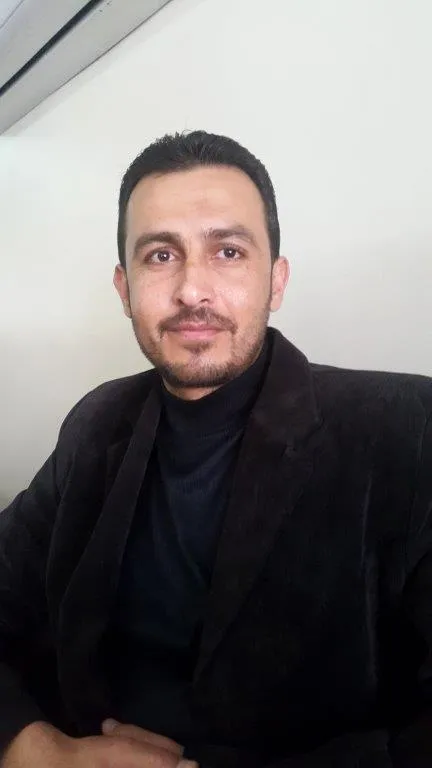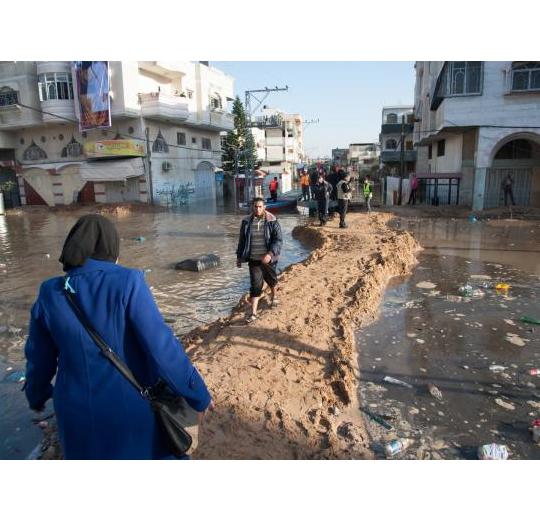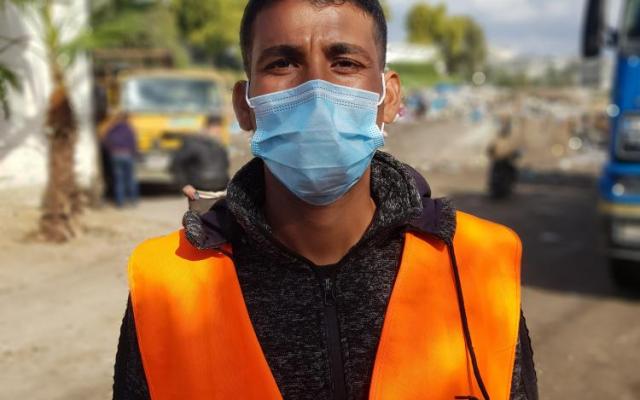"In five or six years, the citizens of Gaza will be unable to find drinking water in the Gaza Strip. They will be compelled to purchase water at a very high prices."

I started working as a health inspector in the water department in 2000. The world was still open to us, and I considered the Ministry of Health to have high standards in both technology and information related to the fields of water and the environment.
When the siege started I began to feel isolated from the world. Professionally, I noted that we needed lots of consumables for testing and monitoring water quality. These consumables were prohibited from entering Gaza for security reasons. This caused us to search for alternatives in the laboratory and led to inaccurate results in measuring the safety of drinking water. One crisis led to another. Today we even face a shortage of gas for the control patrols needed for the periodic testing of water wells and filling stations.
According to my information, the situation of drinking water in Gaza, due to the siege and the lack of technology to collect rain water, amounts to a deficit of 90 million cubic meters per year. This means that in five or six years, the citizens of Gaza will be unable to find drinking water in the Gaza Strip. They will be compelled to purchase water at a very high prices or alternately to emigrate.
Water is gradually getting saltier and contains more nitrates, which are poisonous when they exceed a specific ratio. This is especially true for children who contract gastrointestinal and skin diseases.
This situation could destroy a whole generation.
Help unlock Gaza: Contact Congress today, and urge them to take action to end the blockade.




